How Secure Payments Enhance User Experience on Your Website
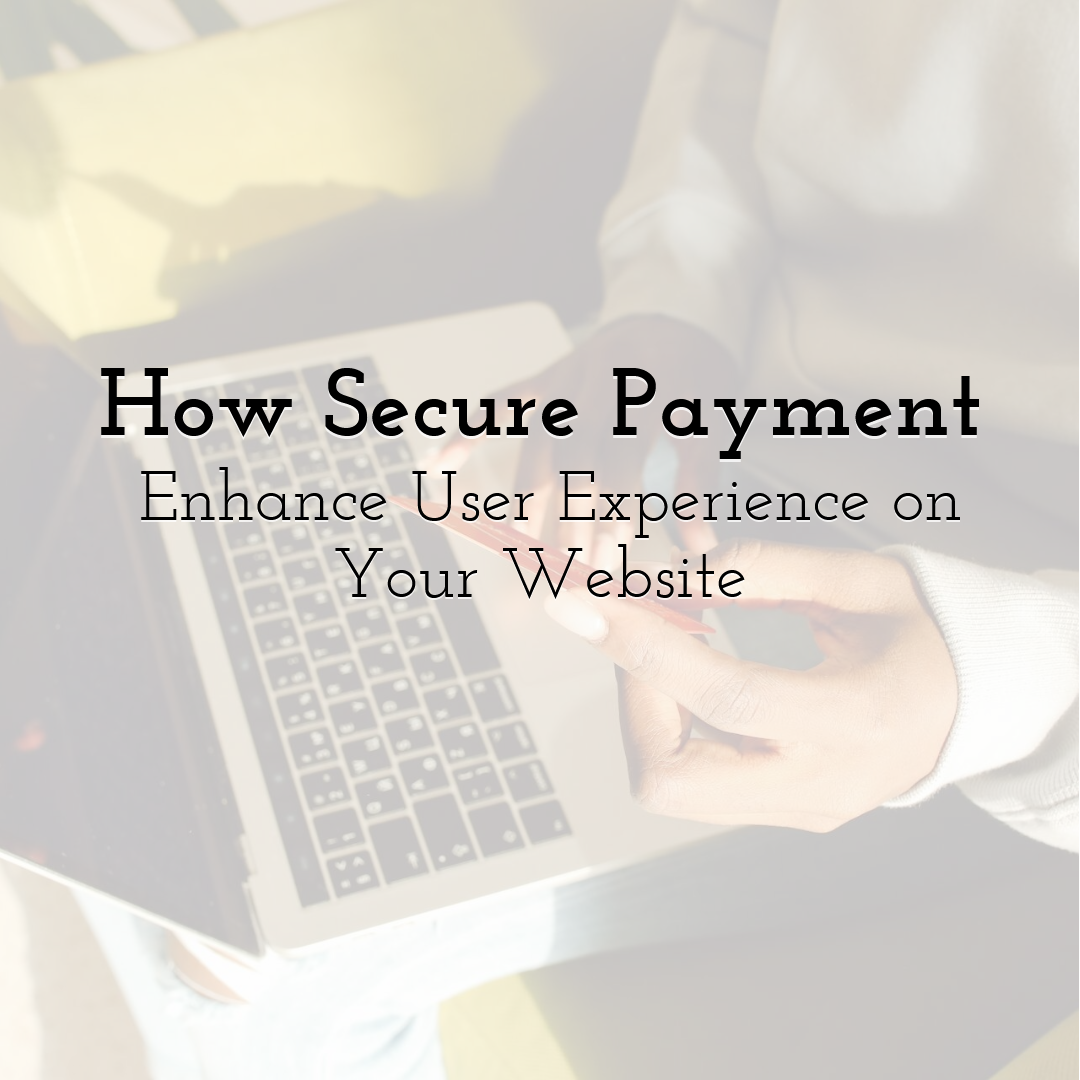
The growth of payments and transactions over the internet and payment over the internet and payment systems in real-time increased risk of crime. It is estimated that about 2–5% of global GDP (approximately $800 billion to $2 trillion) is money-laundered annually.
That statistic by itself is enough to make anyone take stock. When customers click ‘Pay Now’ on your site, they don’t desire a streamlined checkout. Instead, they want their money and identity to be kept safe. And here’s the best part: safe payments aren’t only about compliance or combatting crime. They’re very closely connected to the experience of the user. A consumer who is kept safe is a consumer who pays, returns, and recommends your company.
So, let’s go deep into how safe payments can make your site from ‘just another store’ to a reliable go-to shopping place.
Payment Screening
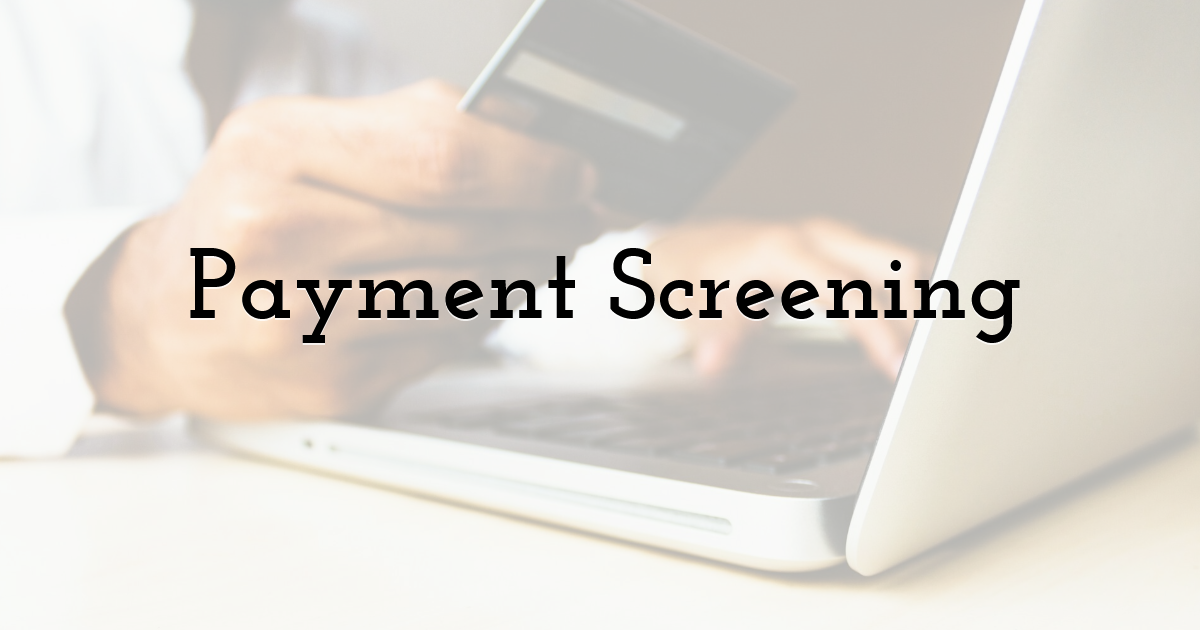
Payment screening plays a key role in maintaining compliance and customer trust. It involves scrutinizing inbound and outbound transactions in real time against sanctions lists, watchlists, and databases of high-risk individuals or entities.
To understand its impact in practice, see how payment screening helps organizations prevent suspicious payments before they’re completed.
Importantly, payment verification is not only a best practice but a legal requirement by global AML and counter-terrorist financing (CFT) standards, including Financial Action Task Force (FATF), the EU Anti-Money Laundering Directives (AMLDs), and enforcement agencies such as the U.S. Office of Foreign Assets Control (OFAC).
As payment by internet and immediate transfer becomes the standard, so too does the potential scam and money washing. Screening of payments is the initial line of protection of financial establishments, fintechs, payment processors, and iGaming businesses. By vetting each payment against money washing (AML) rules and worldwide sanctions, companies can safeguard against financial crime, escape massive fines, and retain consumer trust.
And here’s the surprise: this isn’t just a theoretical security layer. Companies like SEON provide real-time payment screening that analyzes transactions within milliseconds, ensuring they remain compliant and fraud-free without disrupting the user experience.
Why Security and Experience Are Two Sides of the Same Coin
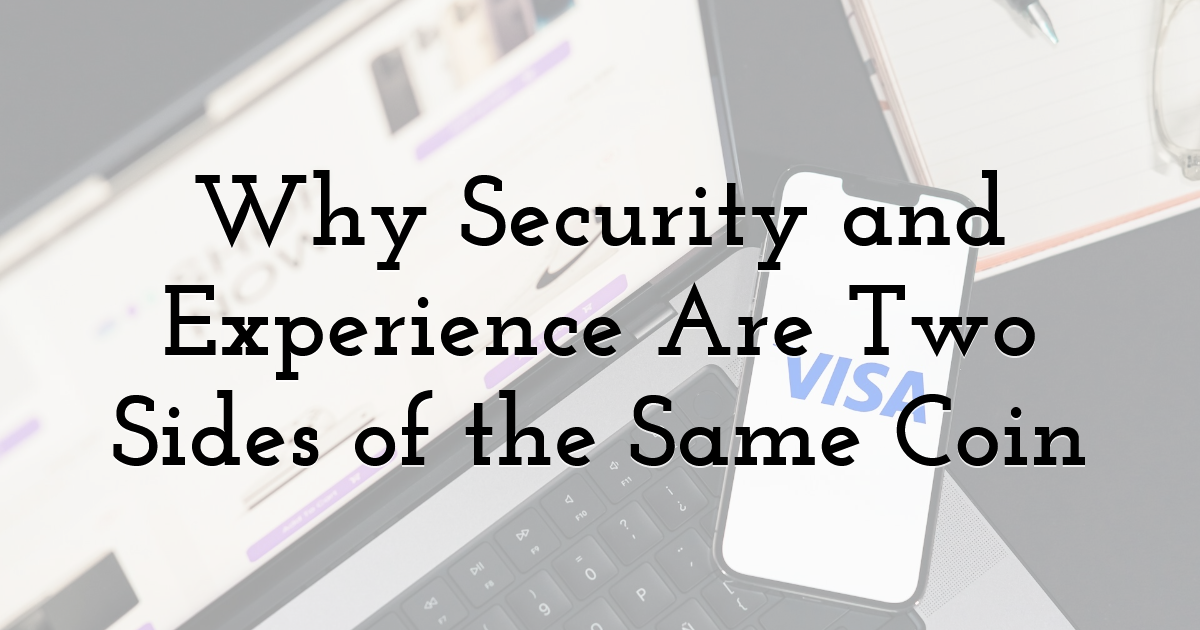
Consider your checkout process to be your stage play. The lighting, the fashions, the set design–those are all the smooth interfaces, the one-clicks, and wallets. But off-stage? That’s where the action truly takes place. Security departments, payment facilities, and mischief preventers make the show run smoothly without catastrophe.
If customers can smell holes in the backend–i.e., a payment page that seems dodgy, a transaction that fails with no reason, or worse, a security leak–they're not coming back for the repeat.
The Psychology of Safety in Payments
- • Peace of mind translates to repeat business. Users will store their card information, subscribe to repeat business, and refer you to their friends and family only if they understand that you respect their safety.
- • Friction is tolerable if it's made to seem defensive. For instance, multi-factor verification can take an extra second or two, but customers will enjoy the feeling of reassurance.
- • Trust over design. A beautifully designed site with poor security is a mansion with a door of playing cards.
How Fraud Prevention Enhances Conversion Rates
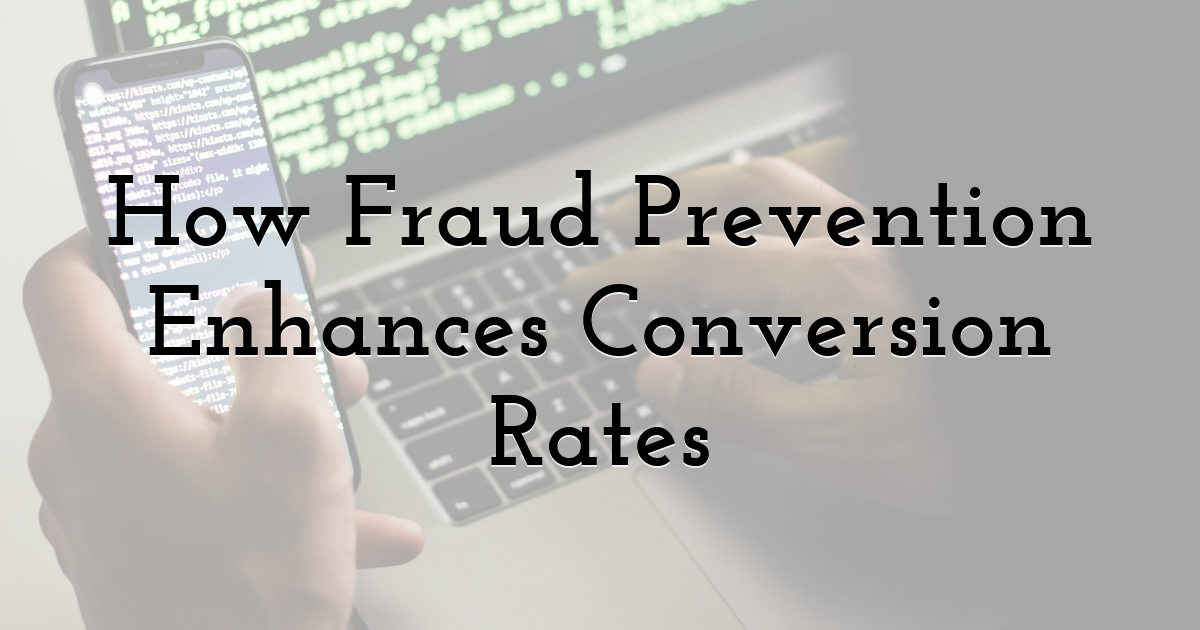
This may seem strange, but preventing fraud not only prevents bad players, but actually gets more good customers to the finish line.
Here’s how:
- 1. Fewer false declines: There's nothing that irritates a good-paying customer more than being mistakenly marked as fraudulent. State-of-the-art fraud detection driven by machine learning reduces these errors.
- 2. Smarter authorizations: Sophisticated screening tools don’t only pass or decline, but they also rate transactions, so companies can authorize more valid transactions while they happen.
- 3. Smooth flows to trusted customers: Old customers with a clean reputation might experience less friction, while suspicious customers are tested with higher scrutiny.
A Forrester report determined that close to 40% of companies lose their customers to false decline. Safe, smart payment systems can win that revenue back.
Building Compliance Into the User Journey

Regulatory expectations now extend far beyond banks. Fintechs, marketplaces, crypto platforms, and even small e-commerce stores are required to meet strict compliance standards to maintain trust and transparency. But compliance isn’t just about rules, it’s about balancing structure and innovation. See how to ensure compliance while preserving creativity.
Examples of Compliance in Action
- 1. Online stores checking high-ticket transactions against the fraud databases.
- 2. iGaming sites employ filtering to prevent doubtful payments in real time.
- 3. Subscription services that cross-reference repeated payments with lists of sanctions to maintain repeated compliance.
Once your company makes these checks routine, you won't intimidate customers–you’ll be reassuring them. Just like every new feature takes hold, people get suspicious, but as the time goes by and the new feature seems to bring only good stuff along, people relay and show trust. So just let the time pass and do your best in the meantime.
Would You Like to Wait, Please?
Well, when you think better of it, why should you? With so many services done instantly, why wait at one site when there’s so many more platforms with faster services. Right?
Sure, nobody wants to wait. But with contemporary cheating software, speed and security don’t have to be mutually exclusive.
Real-time payment systems now exist, and thus a transaction can be confirmed, screened, and authorized within a span of less than a second. Such companies have streamlined this to the extent that their customers don’t even get to know that a background check took place.
Just think about this: a single mouse-click on ‘Pay’ and their order confirmation flashes into their Inbox. What they don’t get to see is the intricate ballet of data verification, AML verification, and scoring for fraud off stage. That’s security up to speed, twenty-first-century style.
What Happens if You Get it Wrong?

Honestly, only one security breach can undo years of brand-building. People will often associate you with something bad because that is human nature, bad things are more memorable, than say, for instance, that you’re great, you’ve just had this minor mistake. That’s not fair, but from the point of view of someone who’s been hurt, they have a point too. After all, the competition is huge and they’ll surely find someone else to fulfil their shopping or other wishes.
So, what can specifically go wrong?
- • Financial loss: Charges-backs, penalties, and fines imposed by regulators can go into millions.
- • Damage to reputation: One does not readily forget a compromised payment system.
- • Legal penalties: Non-compliance with AML and CFT structures can attract penalties of ban, lawsuit, or prosecutions.
And the user experience? Totally destroyed. Customers are not only walking but running away. So be careful and employ the right tools for the job.
iGaming and Secure Payments
The world of iGaming serves as the ideal example. As players withdraw and deposit continuously, frequently across national boundaries, the potential of money laundering and fraud is humongous.
Sites that employ effective payment screening don’t only refrain from having legal nightmares, they earn player loyalty. All things considered, players want to play, not fret over whether their prizes will go down the security black hole.
That’s why you’ll probably find the most modern tech solutions for protection in this field of work.
How to Balance Friction and Freedom?
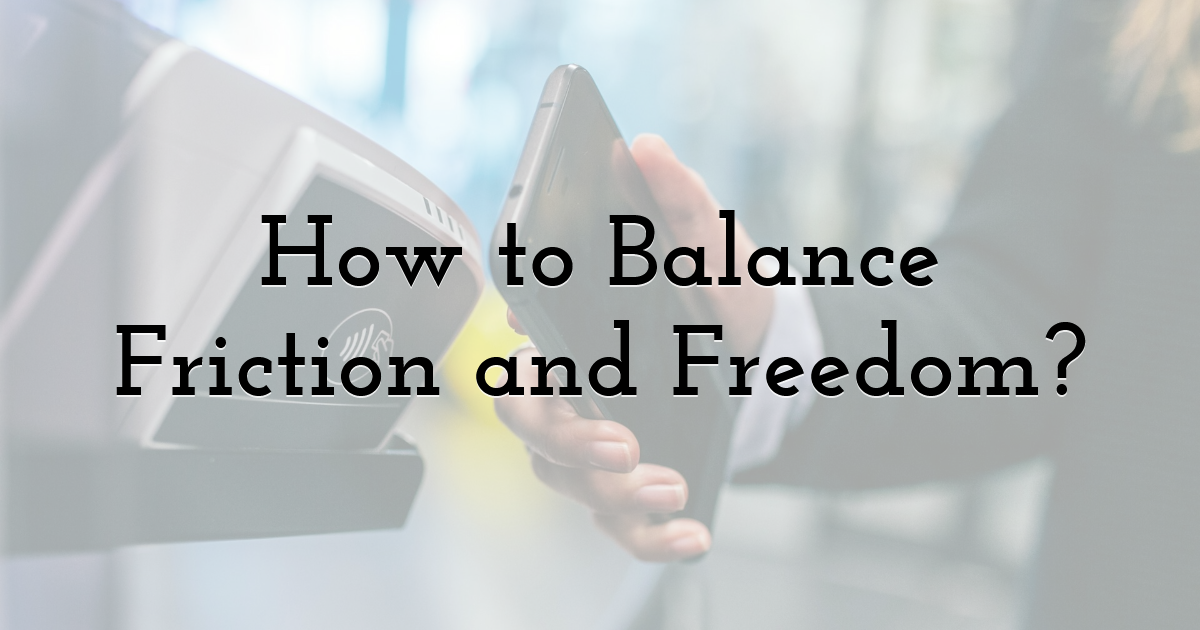
The holy grail of payment security is striking the balance between convenience and security. Too much friction and people drop their cart. Too little and the bad boys slip past.
Smart Strategies to Balance Both
- 1. Dynamic friction: Introduce additional checks only on occurrence of risk indicators.
- 2. Tokenization: Safe storage of sensitive information to provide ‘one-click’ experiences.
- 3. User education: Let customers know how you're safeguarding them because that reinforces trust.
Secure Payments as a Growth Driver
Here’s the aspect that companies largely miss: security as an accelerator of expansion.
- • Global expansion: Compliant systems facilitate global operations across various regions with less pain of regulation.
- • Partnerships: Pay providers and banks favor dealing with merchants that can provide effective AML and fraud controls.
- • Customer acquisition: A safe reputation is a salesman. Customers will be more willing to experiment with a new site if they notice effective payment safeguards.
That is to say, your payment system is a growth engine.
What Customers Really Notice?
- • Speed: Was it instant?
- • Transparency: Were they told why an extra check was required?
- • Trust: Did they feel their data and money were safe?
The Future of Secure Payments
As cross-border commerce, crypto, and real-time transfers continue to grow, the need to screen payments safely will increase. New trends on the horizon are intertwined with artificial intelligence, biometrics, and globalization.
- • Artificial intelligence-based fraud detection: Machines that learn patterns faster than the fraudsters learn new tricks.
- • Biometric login: Fingerprinting, face recognition, and behavioral biometrics applied to payment flows.
- • Global standardization: As organizations such as FATF demand higher AML standards, companies globally will have to raise their game.
And while all of this unfolds, the connection between security and user experience will only strengthen. A smooth, secure payment process will be the bare minimum.
Until next time, Be creative! - Pix'sTory
Recommended posts
-
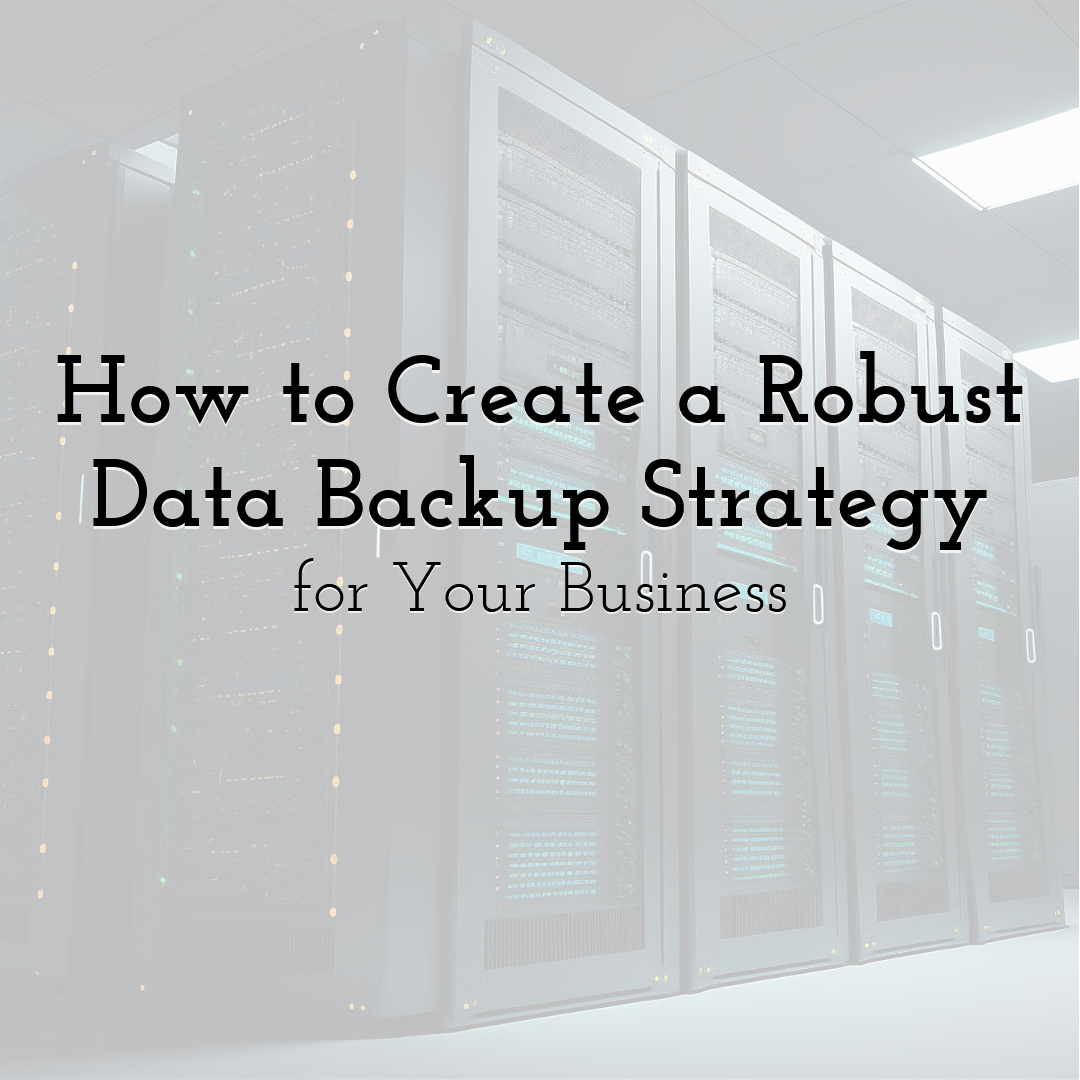
How to Create a Robust Data Backup Strategy for Your Business
Read More › -

Landing Page Design Tips You Should Follow Today
Read More › -

How to Keep Your Digital Projects Safe: Essential Security Tips for Creat...
Read More › -

How Secure Payments Enhance User Experience on Your Website
Read More › -

How User Experience Affects SEO: Understanding the Hidden Ranking Factor...
Read More › -

How to Keep Your Google Docs Content Safe From Plagiarism Using This Powe...
Read More ›
